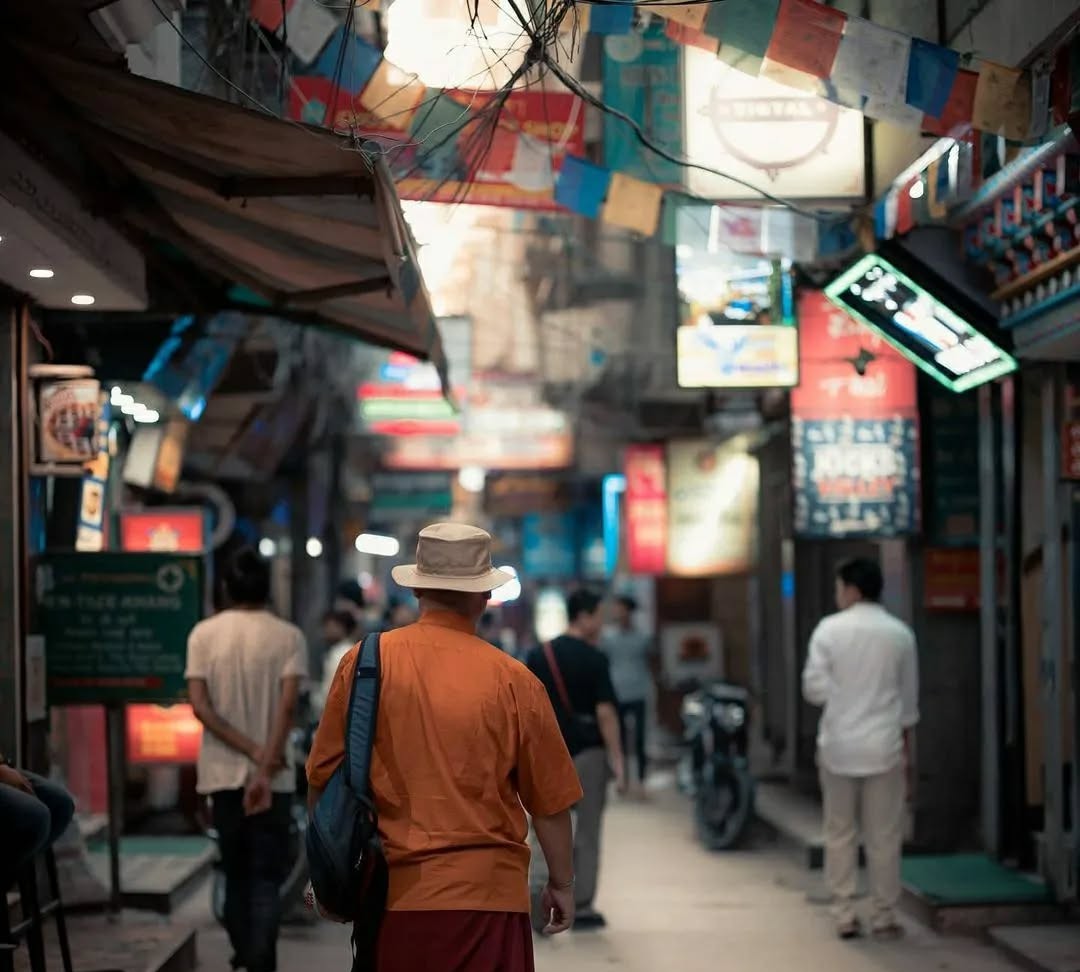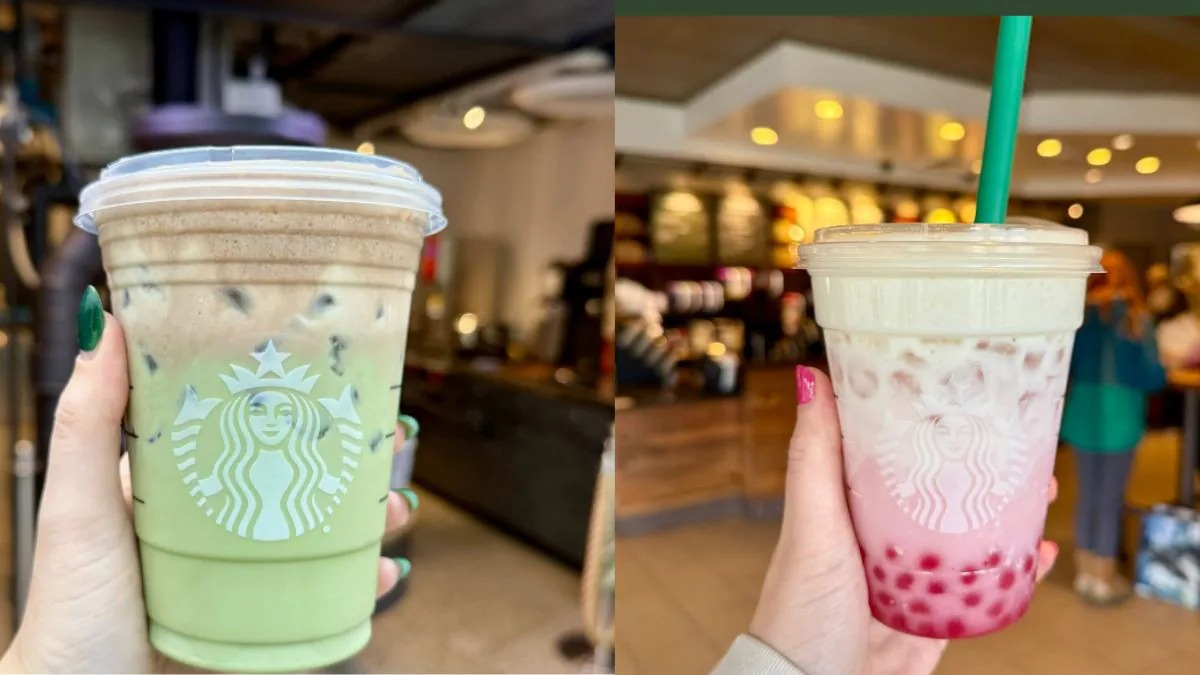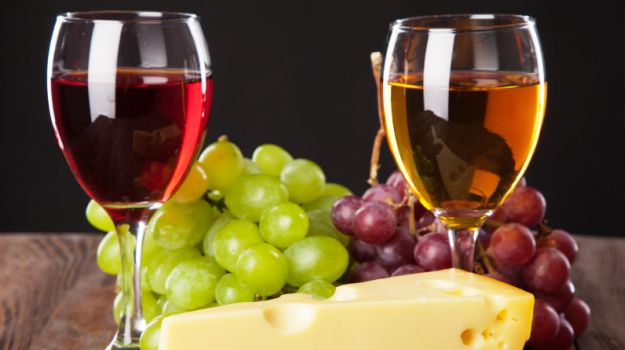Image via iStockWise home cooks have a pantry of staples. Not endless esoteric ingredients, but a concise collection of essentials that even in the busiest, barest, most anxious of circumstances can be used to construct a quick, satisfying meal. For me, security comes in knowing I have things like eggs, olive oil, garlic, pasta, onions, anchovies, carrots and Parmigiano-Reggiano in my kitchen.Similarly, wine lovers can know they will drink well if they always have certain fundamental bottles on hand that will complement just about any meal. Such assurance does not require a vast “cellar,” as even the apartment-bound seem to want to call their store of wine. Nor does it mean amassing anything remotely resembling a “collection.” You simply need to have a dozen bottles, well chosen.
How do you put together this indispensable case? Imagine that you were renovating your home from the ground up. You would start with what’s elemental for survival, a bedroom and bathroom.The bed-and-bath equivalent are two exceptionally versatile wines, a red and a white. They must be able to cozy up to and flatter any number of dishes that are likely to show up on your table. When you have these basics squared away, then it’s time to build out. These two adaptable bottles need to be distinctive, as any enjoyable bottle must, but not so singular that they won’t mesh with a spectrum of foods.I love Chablis, for example, but it would not be my first choice as a versatile white in my case of essentials. It has a nervous energy that can be both fascinating and fatiguing. I may opt instead for a good Mâconnais, like a St.-Véran, which can offer energy and texture but is maybe a little more neutral in character than a Chablis.St.-Vérans meet another requirement: They are modestly priced. Bottles from good producers like Domaine Barraud, Domaine Auvigue or Joseph Drouhin can run around $20. If, perhaps, you are wondering why French instead of American, it’s a question of value. A good $20 St.-Véran, made of chardonnay, is simply going to be a better, more interesting wine than a $20 American chardonnay. Chalk this up to history, culture, real estate and the cost of doing business. Alternative choices may include a dry riesling and a dry chenin blanc. But our case will have room for those, too.What’s the red equivalent of St.-Véran? For me, that would be cru Beaujolais, a wine I can drink with almost any kind of food in any season. It can be deliciously joyous but also complex without being forbidding, and moderately priced.But you need to be careful. On the low end, candied, vapid, mass-market Beaujolais are soulless. On the high end, increasingly structured wines need aging. But a great middle ground, around $18 to $25, is filled with producers like Lapierre and Jean-Paul Brun, who make exactly the sort of expressive wines that fit the bill.You could fill your case with just these two wines, six of each, and be well prepared for almost any encounter. And I could fill my iPod with Bob Dylan and be happy, too, for a while.But soon I’d want variety. I would crave riesling, and not just one, but two different interpretations. I would need a German spatlese, a riesling with discernible sweetness that is so perfectly balanced by acidity that it’s always refreshing. While delicious in almost any situation, these wines are especially versatile with hard-to-match cuisines like Indian, Cantonese and Thai. Bottles from excellent producers like Selbach-Oster and Merkelbach begin around $20.Yet riesling is such an eloquent grape that I wouldn’t want to restrict myself to its sweet expression. Dry rieslings from Germany, Austria, even New York can easily substitute for the St.-Véran for a change of inflection. Entry-level versions from producers like Ravines, Peter Lauer and Brundlmayer may run $15 to $25.I would also want a chenin blanc, another flexible white that is distinctive in its deliciousness. It has a richer texture than either the rieslings or the St.-Véran, and an unparalleled beauty. Good dry Vouvray, Montlouis and Savennières can all be found for less than $25.What are the red equivalents of riesling and chenin blanc? Well, for pasta-and-meat dishes and many tomato sauces, I want a good Chianti Classico, which, made largely of the sangiovese grape, offers an unparalleled combination of earthy red fruit flavors, dusty tannins and acidic structure. Good versions like a Fèlsina Berardenga are $25 or so. Chianti is also terrific with steak.As a variation, a Sicilian red from Mount Etna, made mostly of nerello mascalese, would always be welcome.I would also add a northern Rhône syrah for stews and roasts and simply to echo the evolution of seasons through fall and winter (although I like them year round). Good St.-Josephs will cost at least $35 nowadays, although you may find the rare syrah-based Côtes du Rhône, like Texier’s Brézème, for $25.I also want another flexible red, but one renowned for its beauty, complexity and mystery. I am speaking, of course, of pinot noir. I may be willing to spend $40 to $60 for an entrancing village Burgundy, say, a good Nuits-St.-Georges, but for a lot less, $25 to $40, you can find a fine Oregon pinot noir from a producer like Eyrie or J. Christopher.For the occasional festivity, or simply for a platter of fried chicken or takeout sushi, a dry sparkling wine is a must. Why not Champagne? Prices have sadly gone way up, but you can still find a good nonvintage brut like Duval-Leroy for $30 to $35.In my mind, these selections, four reds, four whites and a sparkling, constitute the bare bones, your bed and bath. From here, the blueprint for the rest of the case can go in any number of ways depending on personal taste.You may want a structured cabernet sauvignon-based wine from California or Bordeaux. I love cabernet, but I rarely find myself opening a bottle, so for me it’s a luxury. I’ll wait until I build the second story. Same with zinfandel, a wine of limited versatility, and sauvignon blanc, a highly flexible wine but more a frill than an essential.No, for me the highly structured red addition will be nebbiolo, a tannic wine of thoroughly different character from the other reds in the case. I may make it an easier-going Langhe nebbiolo rather than a full-fledged Barolo, but I’d have to have nebbiolo, perfect for risotto and mushrooms.And I’d for sure want a fino sherry, which I understand is an acquired taste for some, but I’ve acquired it. Serve with nuts, cheese, seafood, even Asian food, and it’s not expensive.Finally, a wild card: good, dry, earthy Lambrusco, a sparkling red that will be my go-to for pizza, burgers or just a platter of salumi. Another inexpensive steal.That’s my indispensable case. I’d be disappointed if nobody argued with my choices. Fortunately with wine, you never have to stop at one.
© 2015 The New York Times News Service
How do you put together this indispensable case? Imagine that you were renovating your home from the ground up. You would start with what’s elemental for survival, a bedroom and bathroom.The bed-and-bath equivalent are two exceptionally versatile wines, a red and a white. They must be able to cozy up to and flatter any number of dishes that are likely to show up on your table. When you have these basics squared away, then it’s time to build out. These two adaptable bottles need to be distinctive, as any enjoyable bottle must, but not so singular that they won’t mesh with a spectrum of foods.I love Chablis, for example, but it would not be my first choice as a versatile white in my case of essentials. It has a nervous energy that can be both fascinating and fatiguing. I may opt instead for a good Mâconnais, like a St.-Véran, which can offer energy and texture but is maybe a little more neutral in character than a Chablis.St.-Vérans meet another requirement: They are modestly priced. Bottles from good producers like Domaine Barraud, Domaine Auvigue or Joseph Drouhin can run around $20. If, perhaps, you are wondering why French instead of American, it’s a question of value. A good $20 St.-Véran, made of chardonnay, is simply going to be a better, more interesting wine than a $20 American chardonnay. Chalk this up to history, culture, real estate and the cost of doing business. Alternative choices may include a dry riesling and a dry chenin blanc. But our case will have room for those, too.What’s the red equivalent of St.-Véran? For me, that would be cru Beaujolais, a wine I can drink with almost any kind of food in any season. It can be deliciously joyous but also complex without being forbidding, and moderately priced.But you need to be careful. On the low end, candied, vapid, mass-market Beaujolais are soulless. On the high end, increasingly structured wines need aging. But a great middle ground, around $18 to $25, is filled with producers like Lapierre and Jean-Paul Brun, who make exactly the sort of expressive wines that fit the bill.You could fill your case with just these two wines, six of each, and be well prepared for almost any encounter. And I could fill my iPod with Bob Dylan and be happy, too, for a while.But soon I’d want variety. I would crave riesling, and not just one, but two different interpretations. I would need a German spatlese, a riesling with discernible sweetness that is so perfectly balanced by acidity that it’s always refreshing. While delicious in almost any situation, these wines are especially versatile with hard-to-match cuisines like Indian, Cantonese and Thai. Bottles from excellent producers like Selbach-Oster and Merkelbach begin around $20.Yet riesling is such an eloquent grape that I wouldn’t want to restrict myself to its sweet expression. Dry rieslings from Germany, Austria, even New York can easily substitute for the St.-Véran for a change of inflection. Entry-level versions from producers like Ravines, Peter Lauer and Brundlmayer may run $15 to $25.I would also want a chenin blanc, another flexible white that is distinctive in its deliciousness. It has a richer texture than either the rieslings or the St.-Véran, and an unparalleled beauty. Good dry Vouvray, Montlouis and Savennières can all be found for less than $25.What are the red equivalents of riesling and chenin blanc? Well, for pasta-and-meat dishes and many tomato sauces, I want a good Chianti Classico, which, made largely of the sangiovese grape, offers an unparalleled combination of earthy red fruit flavors, dusty tannins and acidic structure. Good versions like a Fèlsina Berardenga are $25 or so. Chianti is also terrific with steak.As a variation, a Sicilian red from Mount Etna, made mostly of nerello mascalese, would always be welcome.I would also add a northern Rhône syrah for stews and roasts and simply to echo the evolution of seasons through fall and winter (although I like them year round). Good St.-Josephs will cost at least $35 nowadays, although you may find the rare syrah-based Côtes du Rhône, like Texier’s Brézème, for $25.I also want another flexible red, but one renowned for its beauty, complexity and mystery. I am speaking, of course, of pinot noir. I may be willing to spend $40 to $60 for an entrancing village Burgundy, say, a good Nuits-St.-Georges, but for a lot less, $25 to $40, you can find a fine Oregon pinot noir from a producer like Eyrie or J. Christopher.For the occasional festivity, or simply for a platter of fried chicken or takeout sushi, a dry sparkling wine is a must. Why not Champagne? Prices have sadly gone way up, but you can still find a good nonvintage brut like Duval-Leroy for $30 to $35.In my mind, these selections, four reds, four whites and a sparkling, constitute the bare bones, your bed and bath. From here, the blueprint for the rest of the case can go in any number of ways depending on personal taste.You may want a structured cabernet sauvignon-based wine from California or Bordeaux. I love cabernet, but I rarely find myself opening a bottle, so for me it’s a luxury. I’ll wait until I build the second story. Same with zinfandel, a wine of limited versatility, and sauvignon blanc, a highly flexible wine but more a frill than an essential.No, for me the highly structured red addition will be nebbiolo, a tannic wine of thoroughly different character from the other reds in the case. I may make it an easier-going Langhe nebbiolo rather than a full-fledged Barolo, but I’d have to have nebbiolo, perfect for risotto and mushrooms.And I’d for sure want a fino sherry, which I understand is an acquired taste for some, but I’ve acquired it. Serve with nuts, cheese, seafood, even Asian food, and it’s not expensive.Finally, a wild card: good, dry, earthy Lambrusco, a sparkling red that will be my go-to for pizza, burgers or just a platter of salumi. Another inexpensive steal.That’s my indispensable case. I’d be disappointed if nobody argued with my choices. Fortunately with wine, you never have to stop at one.
© 2015 The New York Times News Service
Advertisement







